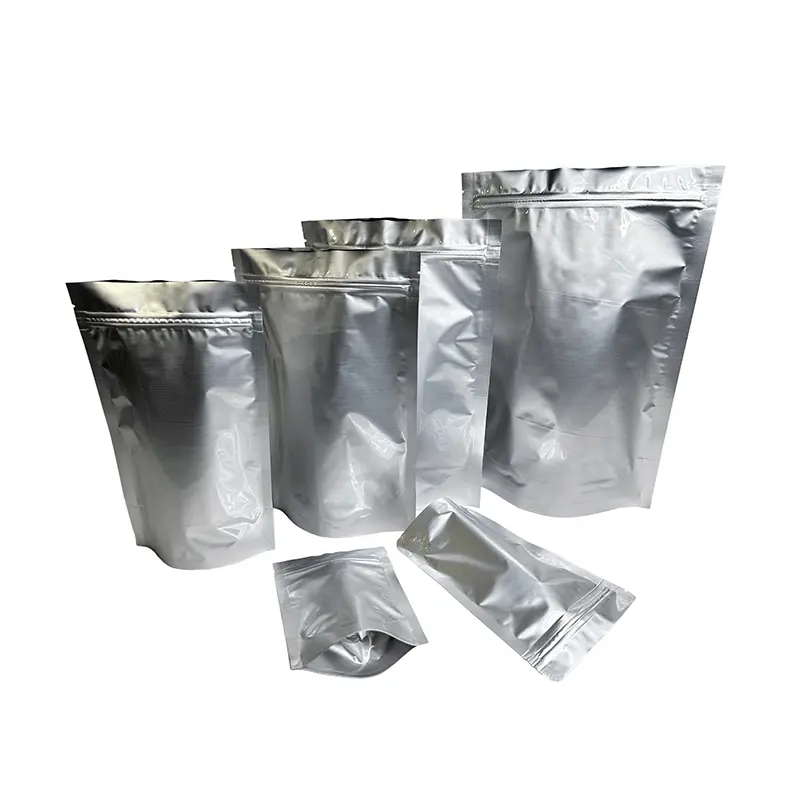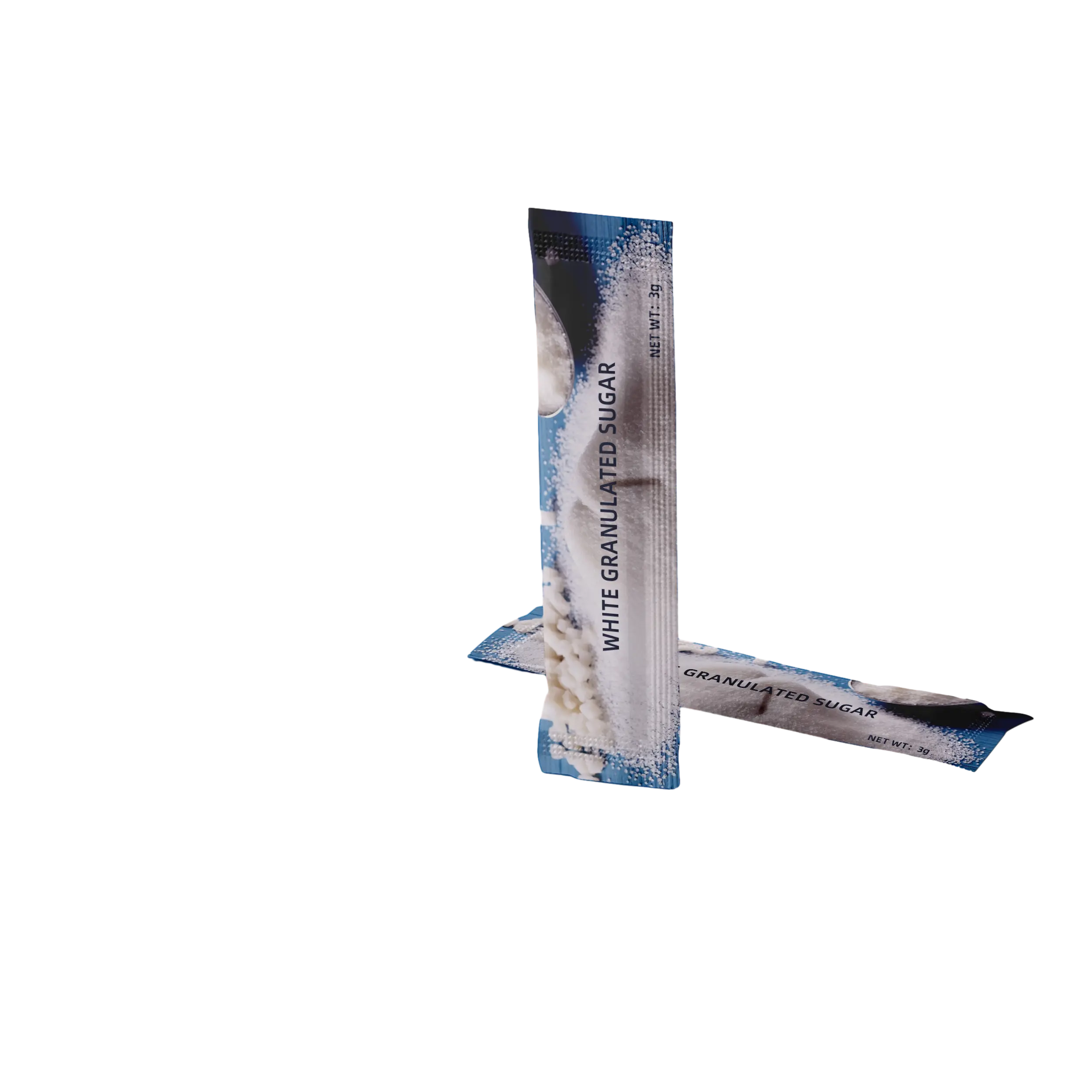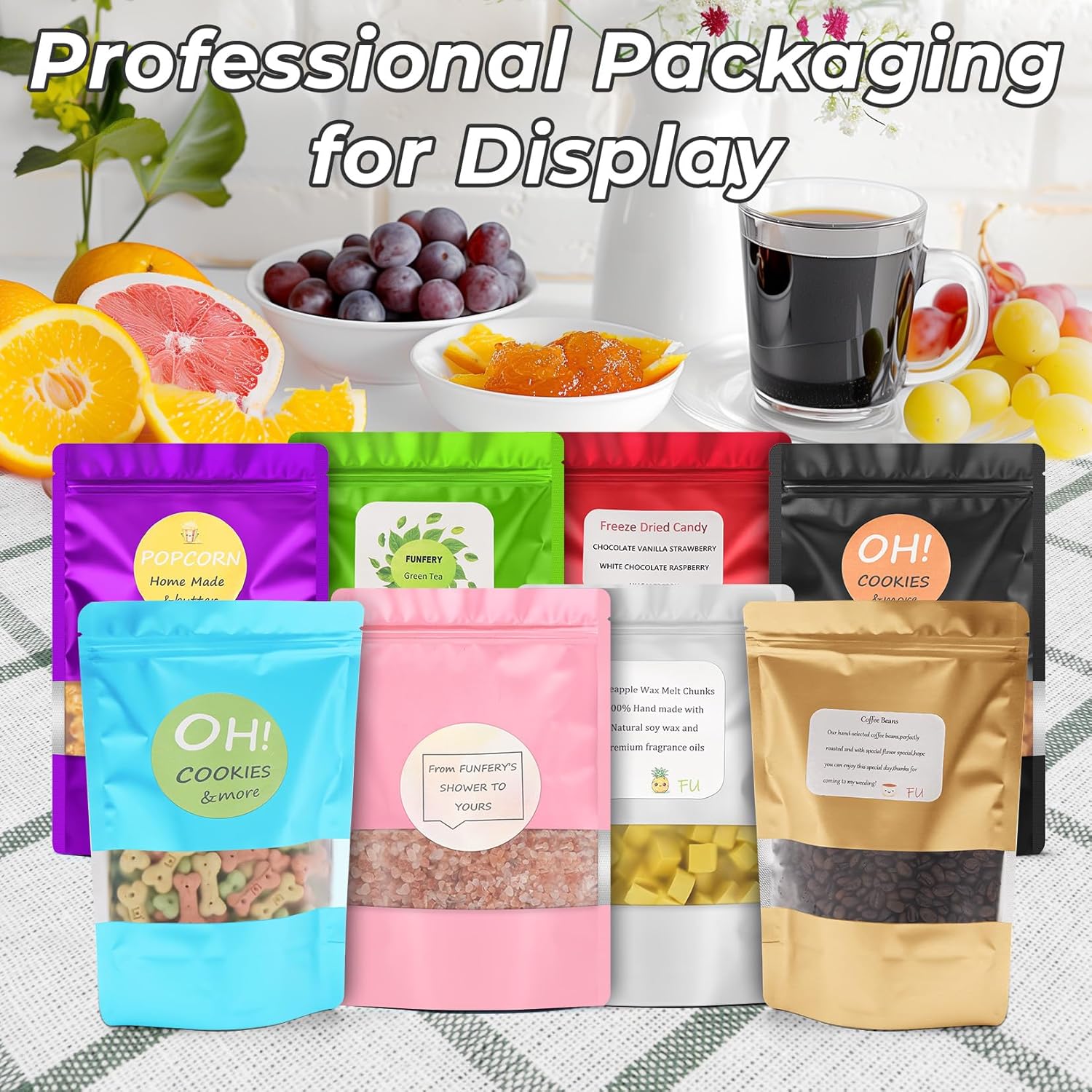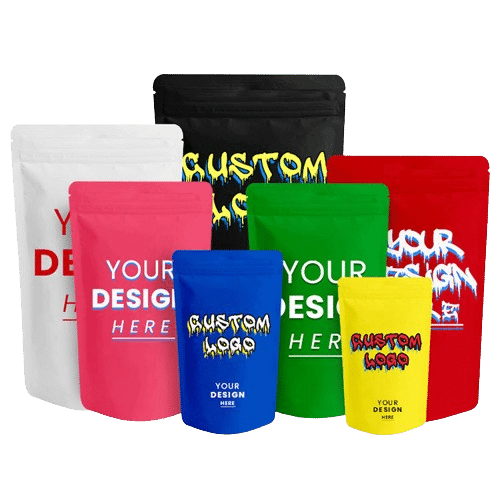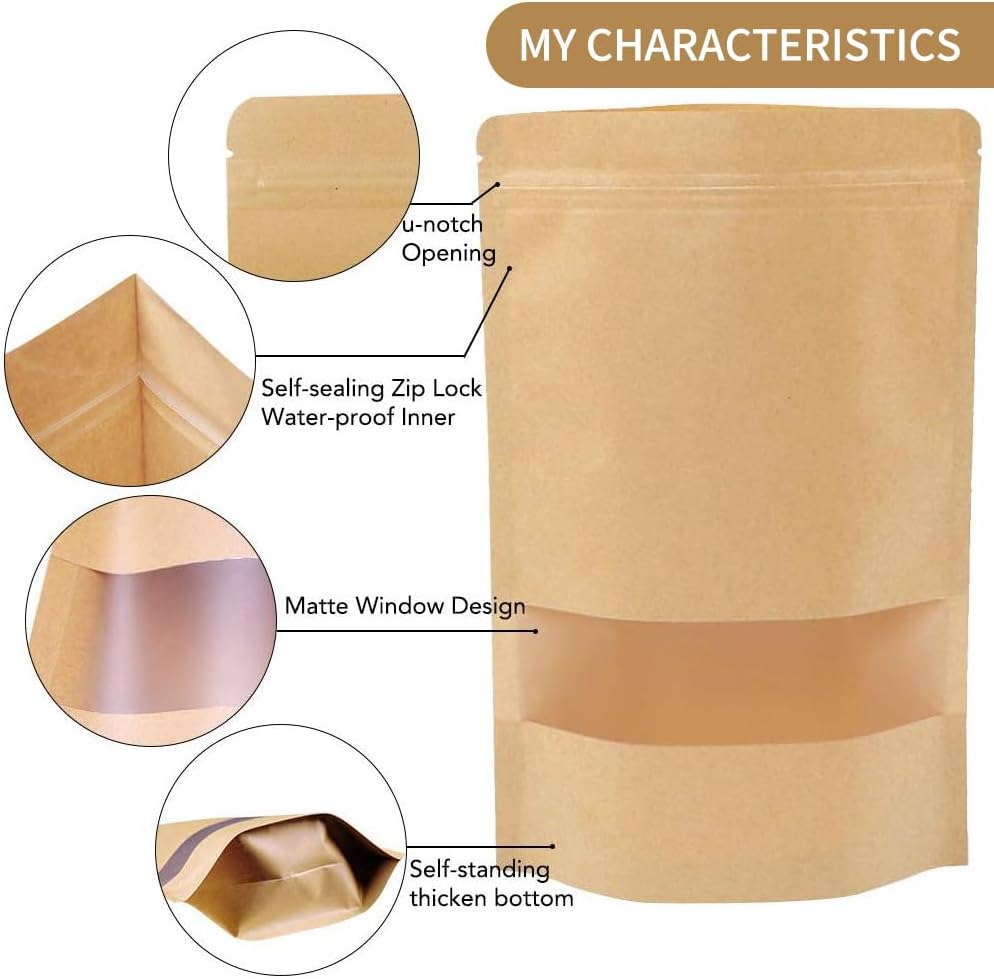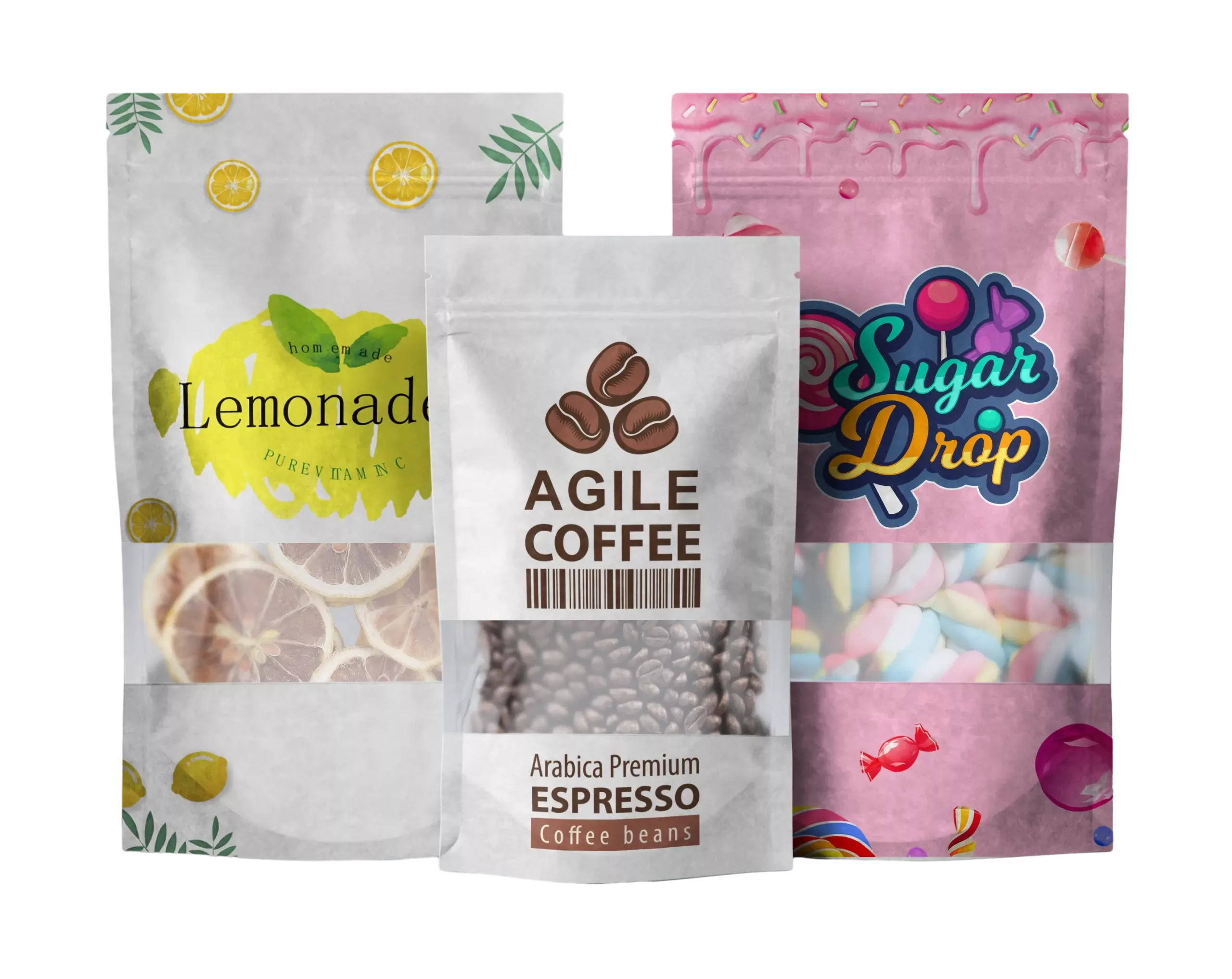Mylar bags can be frozen without a problem, so they’re an easy solution for cold storage. They’re made of metalized polyester—a blend of polyethylene terephthalate (PET) plastic and a thin layer of aluminum—that holds up to freezing temperatures. PET is stable and flexible to around -40°F without cracking or becoming brittle that lesser plastics might under the conditions of a freezer. This durability lets you store dried fruits, meats, or cooked meals without worrying about breaking bags.
Freezing is optimum with a secure seal. Heating or vacuum sealing keeps air out, preventing freezer burn but maintaining the bag in tact. Don’t over-pack—leave some headspace to allow for expansion caused by frozen items. While mylar is not ideal for wet products long term (due to potential seam stress), dry or semi-dry goods perform perfectly well in the freezer with this setup, maintaining them fresh without issue.
How to Clean Mylar Bags?
Mylar bags can be cleaned safely, particularly for recycling. Here’s how to do it:
Step 1: Drain the Bag: Drain all contents from the bag and shake loose particles such as crumbs or dust.
Step 2: Dry Wipe: Wipe down using a dry cloth or soft brush to eliminate residue—don’t use water unless necessary, as water may leave a residue behind.
Step 3: Spot Remove Stains: For oil spots, gently blot with towel and diluted soap and water mixture, then blot thoroughly with a towel.
Step 4: Air Out: Allow the bag to air in a dry location to ensure there is no trace of moisture prior to reuse or storage.
This method is suitable for resealable non-food bags—like tool organization—or getting them ready for the subsequent load of dry goods. Wet cleaning has the possibility of ruining the aluminum coating, so do it sparingly and dry fast.
Do Mylar Bags Block Light?
Mylar bags are very effective at blocking light due to their metalized design. The aluminum coating reflects nearly all visible and ultraviolet light, as opposed to clear plastic that will pass light. This opacity protects against photochemical reactions that lead to fading or degradation in light-sensitive products—spices, vitamins, or dried herbs, for instance. It’s a major reason why mylar is used for long-term storage of pantry staples or emergency stockpiling.
Light blockage is based on the integrity of the bag. Tears or weaknesses can allow some light to pass through, lowering protection. Tightly sealing and storing it in a shaded environment—like a cupboard—ensures that the aluminum works effectively, keeping contents safe from light spoilage for months or even years.
Healthy Habits for Using Mylar Bags Effectively
These habits maximize the effectiveness of mylar bags:
-
Seal for Freezing: Use heat or vacuum sealing with space at the top left vacant to avoid freezer stress.
-
Clean Dry: Reserve dry wiping except when discoloration necessitates light washing—dry out completely thereafter.
-
Shield from Light: Store in dark, cool places to maximize light protection.
-
Check Condition: Inspect for damage before use to keep all benefits.
These methods keep mylar bags at hand and reliable.
Why Mylar Bags Are a Wise Choice
Mylar bags shine with their rugged, multilayered construction. The metalized coat outclasses simple plastic by keeping light, air, and moisture out, ideal for dry storage or freezer storage. Harsh use and freezing temperatures cannot resist their durability, and various size selections—ranging from small packets to big units—fit any need. Protection from light and freezer safety establish it as a quality leader.
They’re not flawless, though. Wet material or abrasive cleaning will degrade them, and they must be maintained in order to be effective. With good handling on dry goods, mylar bags are a good performance.
Best Uses and Things to Watch
Mylar bags are versatile in their applications. They’re great for freezer food—dried fruit, nuts, jerky—keeping them fresh-free of burn. In the pantry, they shield spices or grains from air and light. Non-comestible uses, like storing photos or electronics, play on their protective qualities as well. But liquid or sloppy wiping can catch them out—stick to dry groceries for best result.
Care comes first. Overloading the freezer or wet storage will nullify their effectiveness. Match them with dry, airtight uses in cooler areas for best results.
Your Mylar Bag Questions Answered
Mylar bags freeze well with a good seal, handling cold nicely due to their metalized polyester build. Clean them with dry wipes or a quick, light wash—dry thoroughly afterwards. Sealing out light well with their aluminum coating, they keep contents safe. Light-tight, cleanable, and freezer-safe, they’re perfect for dry storage—just use them properly.


